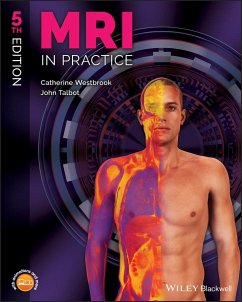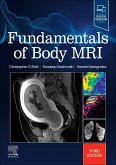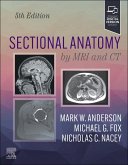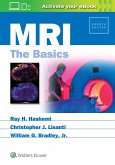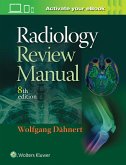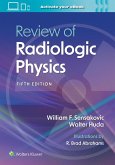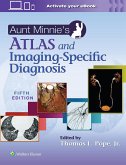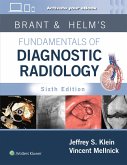MRI in Practice continues to be the number one reference book and study guide for the registry review examination for MRI offered by the American Registry for Radiologic Technologists (ARRT). This latest edition offers in-depth chapters covering all core areas, including: basic principles, image weighting and contrast, spin and gradient echo pulse sequences, spatial encoding, k-space, protocol optimization, artefacts, instrumentation, and MRI safety. * The leading MRI reference book and study guide. * Now with a greater focus on the physics behind MRI. * Offers, for the first time, equations and their explanations and scan tips. * Brand new chapters on MRI equipment, vascular imaging and safety. * Presented in full color, with additional illustrations and high-quality MRI images to aid understanding. * Includes refined, updated and expanded content throughout, along with more learning tips and practical applications. * Features a new glossary. MRI in Practice is an important text for radiographers, technologists, radiology residents, radiologists, and other students and professionals working within imaging, including medical physicists and nurses.
Hinweis: Dieser Artikel kann nur an eine deutsche Lieferadresse ausgeliefert werden.
Hinweis: Dieser Artikel kann nur an eine deutsche Lieferadresse ausgeliefert werden.

